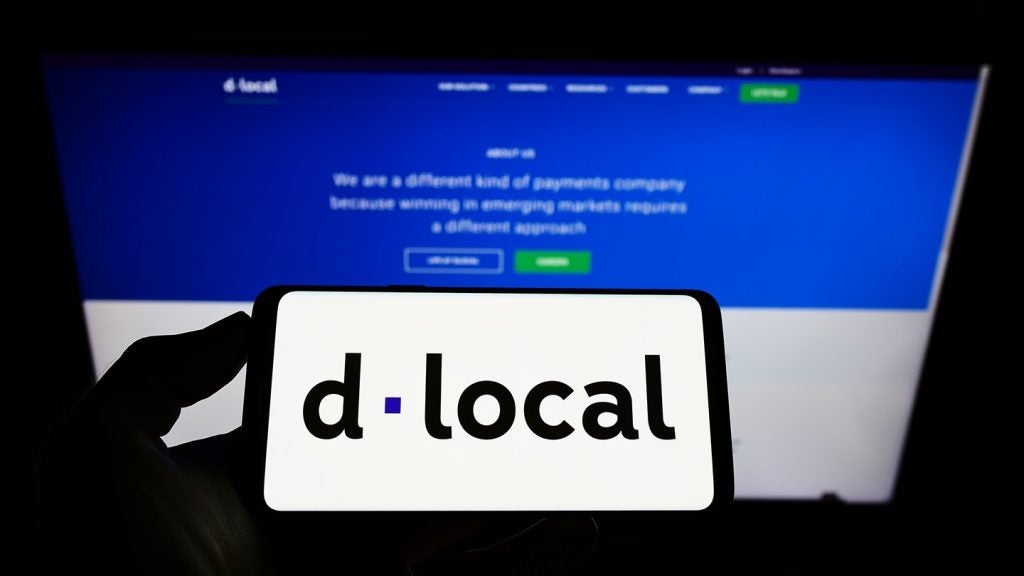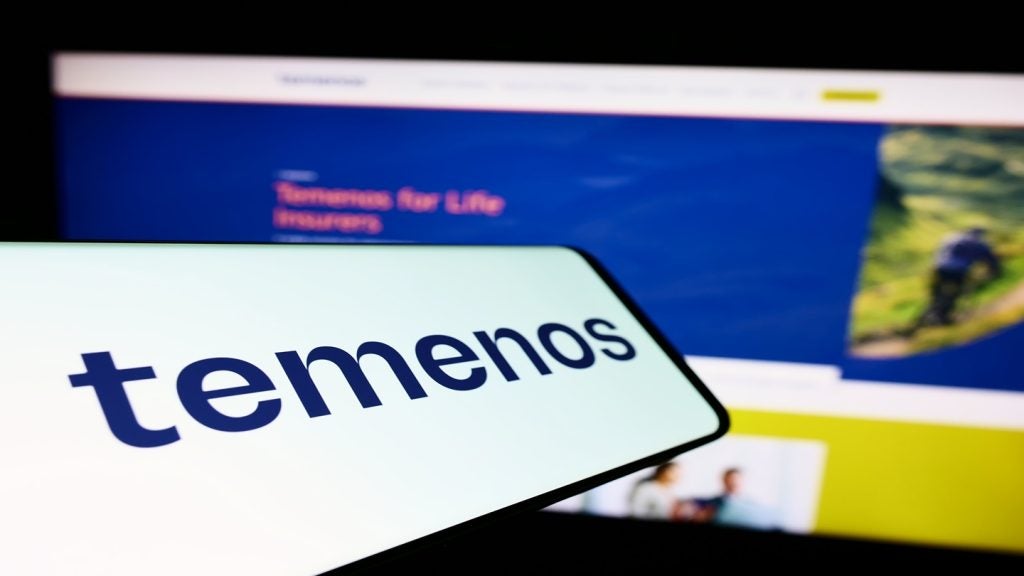Eastern European markets as some of the most exciting for payment
card players, particularly for those involved in co-branding.
Truong Mellor spoke with her to discuss the
challenge of co-branding and how to leverage the strengths of
retail partners.
The cards arm of Citibank’s EMEA operations has been a significant
presence in the co-branding space across the region for several
years, with strong links to major players in numerous industries
and markets.
CI recently spoke with Citibank’s regional director for cards in
the EMEA region, Kahina Van Dyke, about the changing face of the
European cards market and how the bank is keeping up.
CI: Which European markets are you currently seeing
successful co-branding initiatives being launched in? Which ones do
you feel have the most potential?
KVD: I think when you look at the whole Central and Eastern Europe
region it is very interesting right now. Turkey is important to us,
as are the Czech Republic, Hungary and Poland. In fact, we have
just launched in Romania about three months ago, and before that we
launched in Russia. This region is where we are focusing most right
now. You have got a really excited base of consumers really
interested in value propositions, so we see a lot of potential for
co-branding there.
CI: France is obviously a new area for growth in
co-branding now.
How well do you really know your competitors?
Access the most comprehensive Company Profiles on the market, powered by GlobalData. Save hours of research. Gain competitive edge.

Thank you!
Your download email will arrive shortly
Not ready to buy yet? Download a free sample
We are confident about the unique quality of our Company Profiles. However, we want you to make the most beneficial decision for your business, so we offer a free sample that you can download by submitting the below form
By GlobalDataKVD: We do not have a cards business in France, and for us to enter
a new market takes a lot of due diligence. We have just launched in
Romania, and we are hoping that will be the next Russia. With the
right partner, we would absolutely go into France. That is the key
for us when we are looking at new markets.
CI: Looking at the Western European markets, is co-branding
something that is going to help maintain growth in markets that are
a lot more saturated?
KVD: It is true there is a lot more competition in Western Europe,
but there is also a clear customer expectation around rewards and
value propositions. I think if you want to be a high-value player,
you have got to be in that space. I would say that Western Europe
still has a lot of room for growth in the cards and rewards market
when compared to somewhere like the Nordic region.
CI: How important is it for card issuers to focus on the
unique core strengths of their co-branding partners? For instance,
the different capabilities of a telecom company compared to a
travel agent?
KVD: I firmly believe issuers need to do their homework and really
understand the strengths of the different industries. If you look
at the travel and entertainment sector, an airline is very
different to a petrol company, and they are both very different to
a hotel chain.
You have to look at how customers use those products, how often
they use those products, whether there is traffic through the
website or whether the traffic is in-store. Is it a direct form of
selling? When issuers are looking at different industries, they
need to look at their business model and the partner’s business
model to see whether it is a good fit.
CI: Regarding the perceived customer value of cards, what
is the key to maintaining the balance between this customer value
and a proposition that is going to significantly eat into profit
margins? Does this really depend on the company’s individual
business situation?
KVD: Yes, it is each company in the industry facing their own set
of challenges. The profit margin between fuel and the profit margin
for travel, airlines and hotel chains are very different. Because
of that, you really have to understand how much the partner is
willing to invest back into the customer value proposition to make
a successful programme.
CI: Does this also mean you are in favour of cashback or
rewards?
KVD: We separate the partner rewards programmes and cashback, which
is one of our core value products. We launched cashback in Russia
which has been a tremendous success, but when we talked about
launching cashback with our US colleagues they felt that it was old
news.
They have been doing that for 10 years. In some markets, cashback
did not in any way eat into our acquisition within
co-branding.
In Russia for example, we have cashback which is one segment and
then there are the multiple partnerships with petrol companies,
travel agencies and retailers which are completely different
segments. I think different customers really want different types
of rewards.
CI: Is managing the expectations of co-branding partners
also a significant challenge for issuers?
KVD: I really do believe this is one of our biggest challenges. Our
partners are great at selling sweaters, airline tickets or petrol,
but when it comes to selling credit cards, the lead time it takes
and the amount of effort it takes, they can be surprised you aren’t
converting x amount of their customer base.
I think an education process that happens over a lot of discussions
can help, even taking partners to sales locations at airports or in
other retail outlets so they can actually see what it takes – how
many customers walk in and buy, and how many customers you have to
talk to in order to get that credit card sale. Education is the way
we have done that.
Real-time market data is also key to educating the partner. The
customer does not just live on their mobile phone, buying retail
products or filling up their car with petrol.
What is important is making the partner understand that the card
allows not just a loyalty proposition but also a holistic view of
customers and their brand preferences, which can help them choose
other partners in other sectors.







